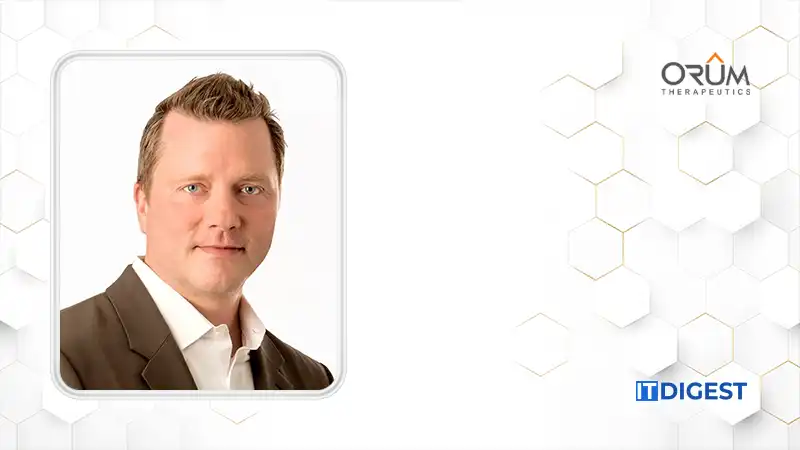Frost & Sullivan’s recent analysis finds that the evolution of automated manufacturing is leading to a paradigm shift away from manual metrology solutions to automated metrology solutions. With the integration of inspections into shop-floor processes, there is a need to perform measurements without human intervention to minimize errors and reduce the time required for inspections. This triggers the demand for robot-based metrology tools across industries. The buoyant global robot-based metrology market will likely reach $396.2 million by 2026 from $189.9 million in 2021, registering an impressive expansion at a compound annual growth rate (CAGR) of 15.8%.
“With Industry 4.0, automated manufacturing is evolving and further paving the way for automated measurements,” said Shruti Bapusaheb Yewale, Industrial Research Analyst at Frost & Sullivan. “Additionally, it will be critical for industries to integrate measurement and closed-loop control with automated manufacturing processes in the next five years.”
Also Read: Contrast Security Co-Founder and CTO Jeff Williams Named Top Cybersecurity Influencer
Yewale added: “As manufacturers ramp up production and focus on maximizing product quality, the demand for engineers with the right skillsets will surge. However, the shortage of such technicians will further compel companies to adopt automation through robotics in metrology, particularly in North America and Europe.”
To capitalize on the growth opportunities, robot-based metrology system providers should:
Work closely with automobile manufacturers to enable product innovation and ensure safety and manufacturing standards compliance.
Develop systems that allow factory simulation to stay in sync with the physical space to realize end-to-end factory visibility.
Invest in expanding their product portfolio with advanced software capabilities.
Global Robot-based Metrology Growth Opportunities is the latest addition to Frost & Sullivan’s Industrial research and analyses available through the Frost & Sullivan Leadership Council, which helps organizations identify a continuous flow of growth opportunities to succeed in an unpredictable future.

































